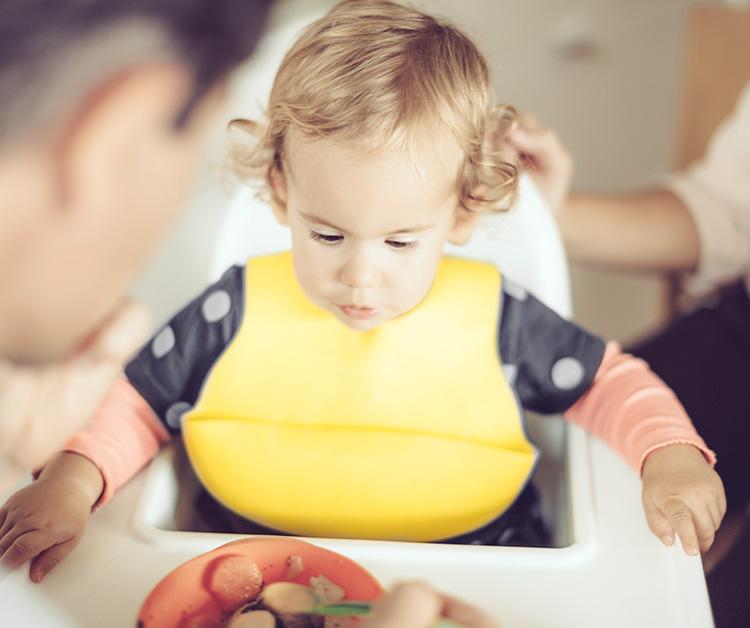Website maintenance scheduled Jan. 9-12; Rebates unavailable Jan. 5-20.

Your child is realizing more and more that he is a separate person from you, one with different opinions. So how do you balance providing nutritious food for toddlers with giving toddlers choices at mealtime?
Giving your toddler some say over three key basics of healthy eating—whether to eat, what to eat, and how much to eat—develops his sense of himself as a separate person. It’s one of the first big areas of his life in which he can make some decisions.
That doesn’t mean you need to hand over total control of feeding or give up on nutrition. After all, this is an important age for establishing food preferences.
Often, simply knowing your child and guiding him in the right direction will go a long way—and teach him healthy eating habits without forcing him. To strike the right balance:
You still decide what’s in your kitchen and on the table: food that’s good for your child, not junk food or lots of sweets.
Have three regular meals and two to three snack times every day. Your child can choose to eat at the set times or not. If he’s not hungry, let it go. Giving toddlers choices at mealtime helps them learn to listen to their bodies’ natural hunger cues.
Let your child choose whether to taste it (or not). It can take time (as many as 10 to 15 tries) for a toddler to get used to a new taste or texture. Skip pleading and arguments; just try serving a rejected item again next week.
Nearly all toddlers are finicky to some degree. Toddlers often go on short food jags when they seem stuck on one food or food group. Rather than giving in or getting into a power struggle over what you see as poor choices, just continue serving a wide variety of healthy options and giving toddlers choices.
Your toddler can decide whether or not to branch out, while you can be assured he’ll be nourished by the regular foods you make available. It also helps to mix up different presentations of the same food at different times: steamed carrots, matchstick carrots, pureed carrots.
Avoid urging (“One more bite”) or bargaining (“Eat three green beans and you get a cookie”). You don’t even need to talk up the merits of spinach. Just present the food and let your toddler decide whether to take a bite, without nagging or forcing.
Offering too much food for toddlers can make choosing overwhelming. Often, just a few tablespoons are enough. Consider that a toddler’s stomach is only the size of his clenched fist.
By 15 to 18 months, your toddler is ready to manage the fork or spoon (or a combination “spork”), rather than being spoon-fed by you. Yes, it’s messy, but it promotes independence. Eating with fingers is still OK, too.
It helps for your toddler to see you selecting among lots of different foods.
Worried about your toddler’s eating? Try writing down everything he eats for a few days or even a week. When you look at the big picture, you’re likely to see that he is eating better than you thought. If not, a record can demonstrate any nutritional concerns at your next visit to his pediatrician.
All information on Enfamil, including but not limited to information about health, medical conditions, and nutrition, is intended for your general knowledge and is not a substitute for a healthcare professional's medical identification, advice, or management for specific medical conditions. You should seek medical care and consult your doctor or pediatrician for any specific health or nutrition issues. Never disregard professional medical advice or delay seeking medical treatment, care, or help because of information you have read on Enfamil.